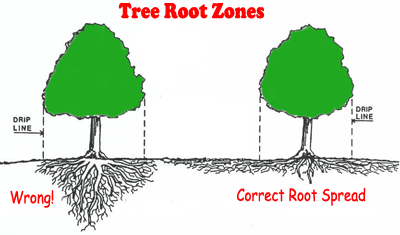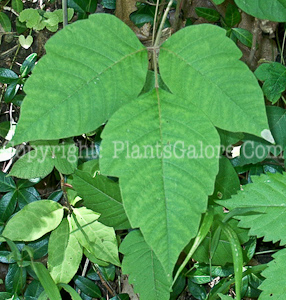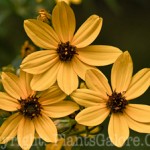Over the years of dealing with the gardening public, I realized that we often throw around terms and names that could be a bit misleading. Eventually, I jotted some of these tricky terms down and came up with the following:
The mountain ash tree (Sorbus) may come from the mountains but it is not really an ash tree (Fraxinus). It is actually a member of the Rose Family and is a close relative to apples, pears and roses. Mountain ash trees are not bothered by the Emerald ash borer either although, since mountain ash have their own serious disease and insect problems, that might not be a bad thing.
Boxelder tree seedlings are often mistaken for poison ivy when they first emerge from the seeds. They have the same three leaf structure but they soon form a tree-like stem and not a vine like poison ivy.






